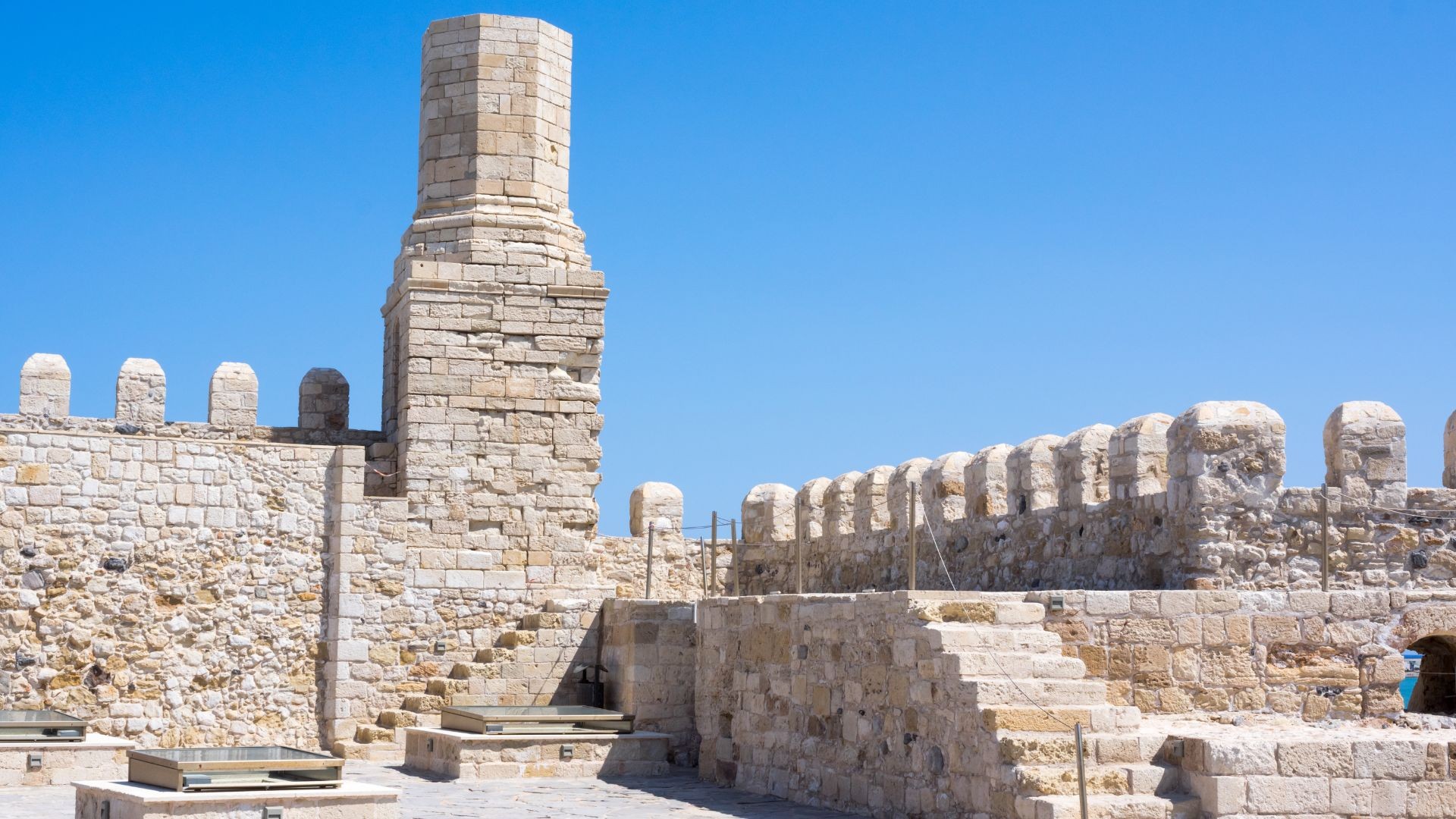Crete: An island carved by time and architectural beauty

Wandering through the streets of Crete feels like flipping through the pages of a living history book—one written in stone, arches, and domes. The island’s architecture is more than just buildings; it’s a reflection of the many cultures that have shaped Crete over the centuries, leaving behind a mosaic of styles and stories.
Crete’s architectural heritage is a vibrant blend of Byzantine, Venetian, and Ottoman influences, each leaving its mark on cities, villages, and landscapes.
The Venetian era gifted Crete with majestic fortresses, elegant churches, and monasteries that still dominate the skyline. Walk along the harbor of Chania or explore the streets of Rethymno, and you'll find beautifully preserved Venetian buildings, stone mansions, and charming fountains. The Fortezza of Rethymno and Koules Fortress in Heraklion stand as proud reminders of the island's strategic importance during Venetian rule.
Then came the Ottoman period, which added its own layer to Crete’s architectural identity. Mosques with graceful minarets, hammams, and Ottoman-era homes are scattered through cities like Heraklion, Chania, and Rethymno, blending East and West in a way that feels both exotic and familiar. Structures like the Giali Tzamisi Mosque in Chania or the Valide Sultan Mosque in Rethymno bring a touch of oriental elegance to the Cretan cityscape.
This unique fusion of cultures gives Crete an architectural soul like no other—where East meets West, and centuries coexist in harmony.
For travelers, Crete offers more than sightseeing. It offers a chance to walk through time, to explore a landscape carved by history and shaped by beauty.


